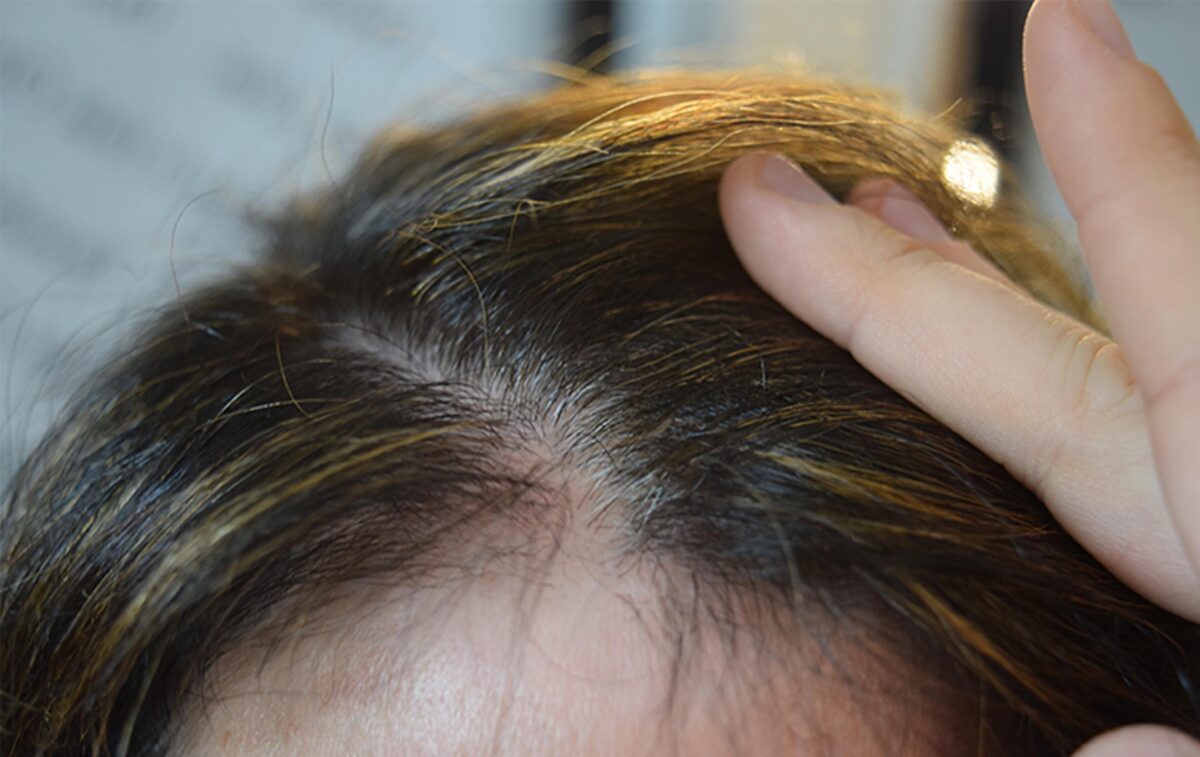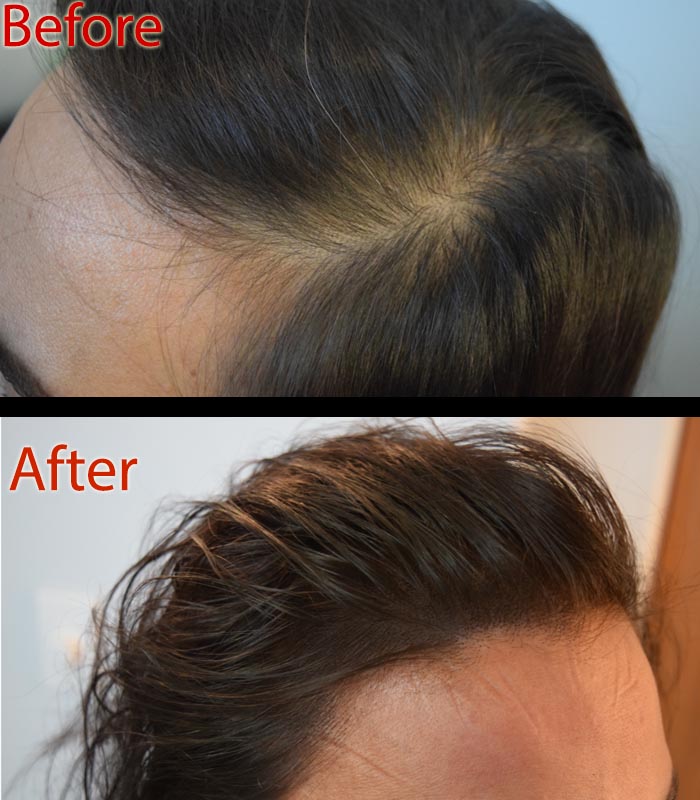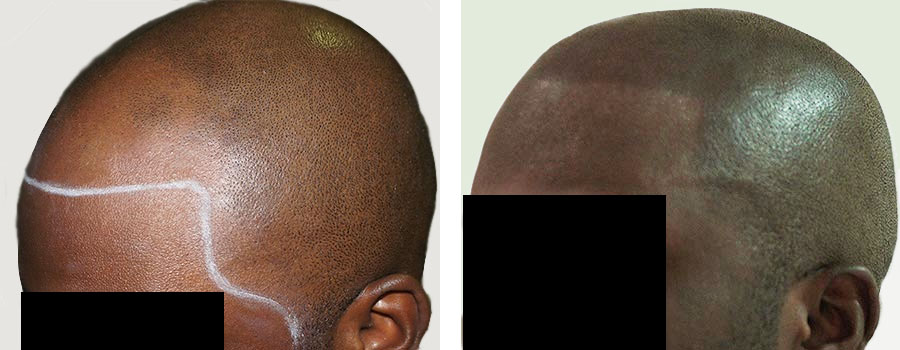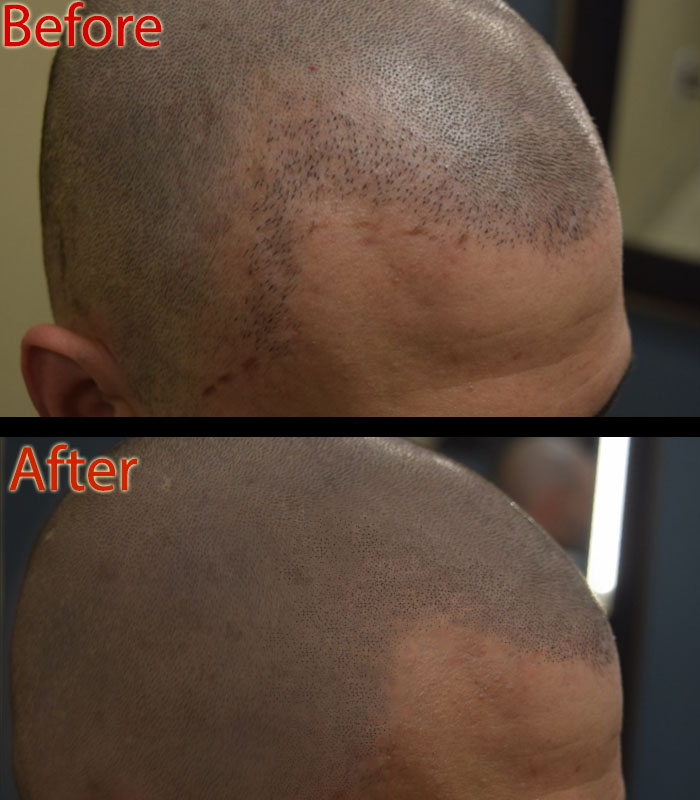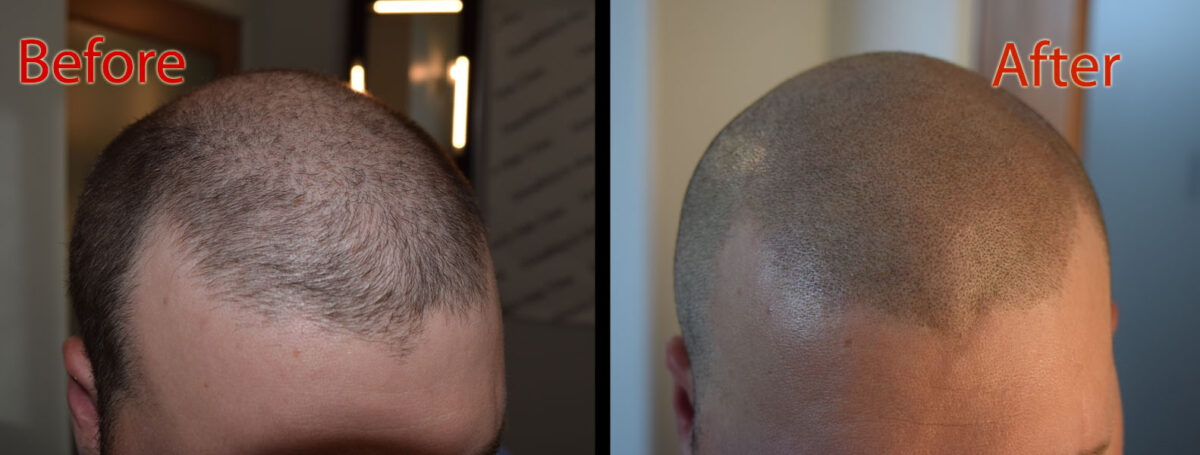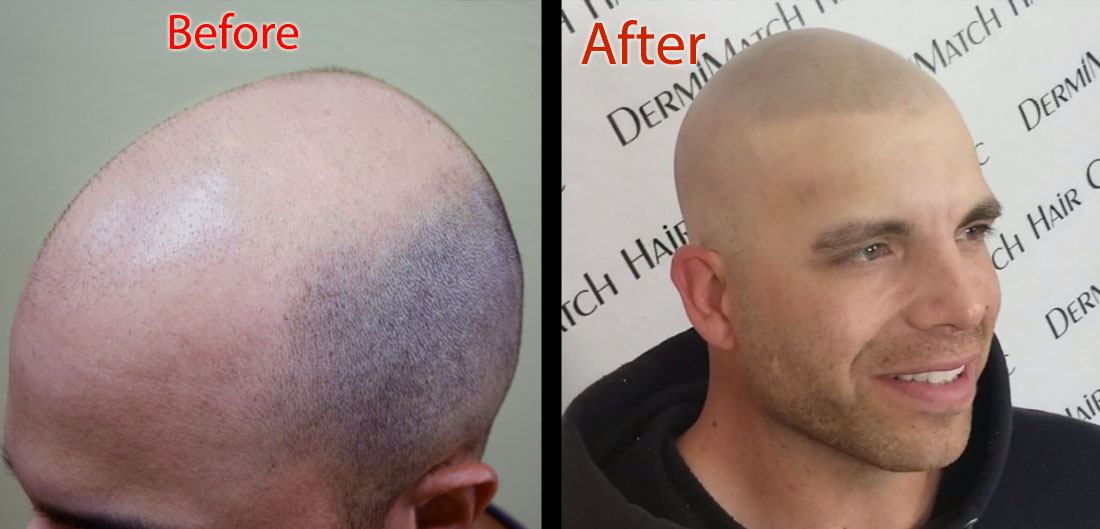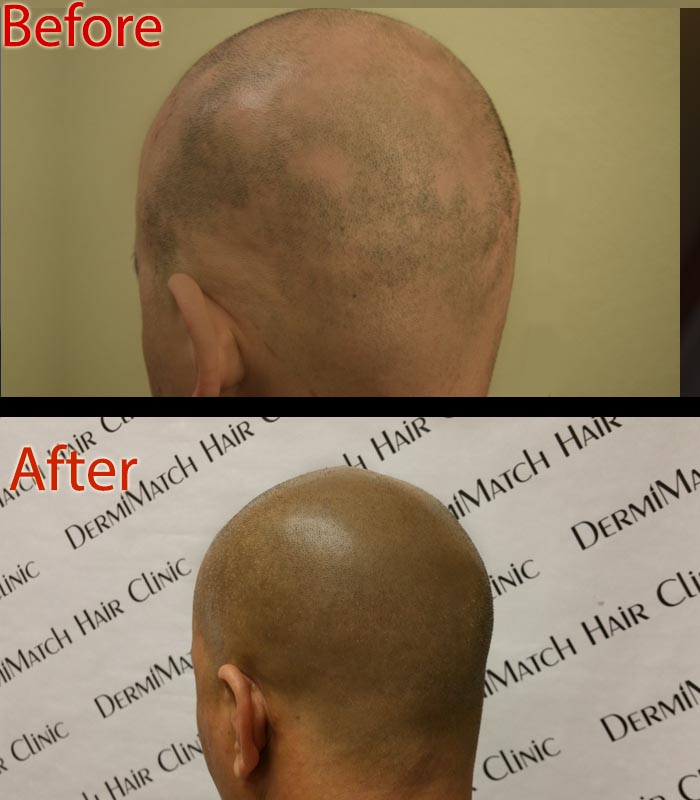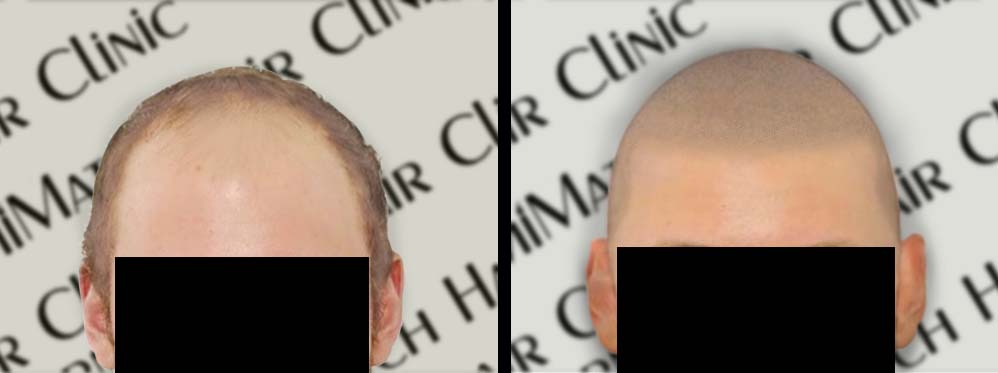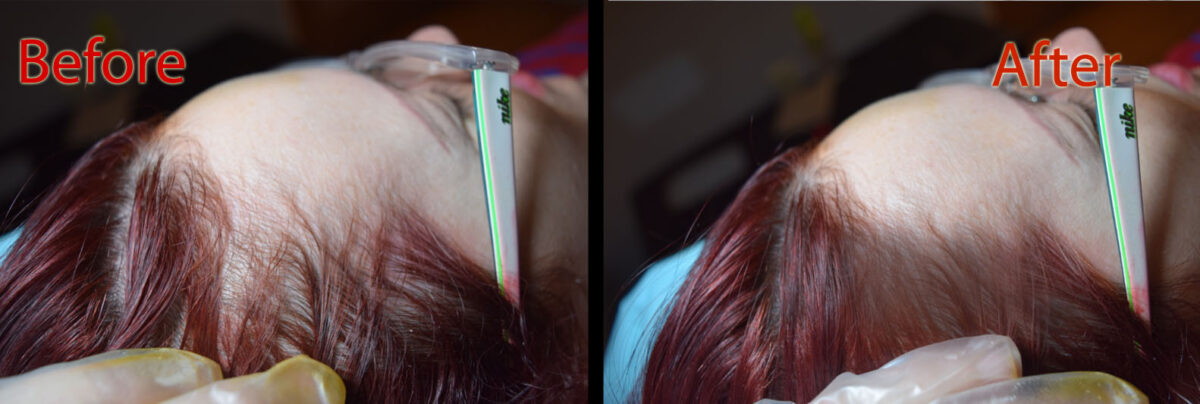Nettle root, derived from the stinging nettle plant, has garnered attention as a potential natural remedy for hair loss. Its efficacy is attributed to several mechanisms that may promote hair growth and improve scalp health. Let’s explore if nettle root for hair loss is an effective solution.
How Does Nettle Root for Hair Loss Work?
Nettle root is rich in essential nutrients, including vitamins, minerals, and antioxidants, which are crucial for maintaining healthy hair. It is a good source of magnesium, iron, and zinc that nourish hair follicles, potentially helping stimulate new hair growth.
The root’s anti-inflammatory properties help reduce scalp irritation, a common factor that can disrupt the hair growth cycle.
Moreover, nettle root is believed to inhibit dihydrotestosterone (DHT), a hormone linked to androgenetic alopecia (male and female pattern baldness).
By blocking the enzyme 5-alpha-reductase, which converts testosterone into DHT, nettle root may help mitigate hair loss associated with elevated DHT levels.
While anecdotal evidence supports the use of nettle root for hair loss, more scientific research is needed. A study indicated that nettle extract could effectively treat conditions like alopecia areata by modulating immune response that damages follicles.
However, comprehensive clinical trials specifically focusing on its direct impact on human hair growth remain limited. The existing studies often rely on indirect evidence or animal models, indicating a need for further investigation to substantiate these claims.
In conclusion, while nettle root shows promise as a natural remedy for hair loss through its nutrient-rich profile, more rigorous studies are necessary to validate its effectiveness.
Scalp Micropigmentation for Hair Loss
For individuals seeking immediate results for hair loss, scalp micropigmentation offers a non-invasive solution. This cosmetic procedure creating tiny dots on the scalp with micro-sized needles that mimic hair follicles.
SMP can create the appearance of fuller hair with its dots that look like follicles on a shaved head. It is suitable for various types of hair loss, including thinning or patchy areas. It provides a long-lasting effect without the need for surgery or extensive maintenance. As an alternative to herbal remedies like nettle root, SMP can significantly boost confidence and enhance overall appearance for those struggling with hair loss.
SMP is a specialized cosmetic procedure that requires the expertise of trained professionals to ensure optimal results. Experts possess the precision and technique necessary to replicate the appearance of hair follicles. They develop customized treatment plans based on individual hair loss patterns and skin types and expertly match pigments to clients’ natural hair colors.
Find the Best Scalp Artist in Arizona
Find top scalp practitioners in Arizona at DermiMatch Clinic. Their experience with various scalp conditions allows them to identify potential complications.
Their SMP skills ensure long-lasting results that require fewer touch-ups. For those seeking immediate solutions for hair loss, SMP at DermiMatch Clinic offers a non-surgical option that creates the illusion of fuller hair, helping boost confidence without extensive maintenance or recovery time.
Schedule a consultation with the best Arizona SMP practitioners now.

